Key points
- The National Center for Health Statistics (NCHS) surveys people and healthcare providers to collect data about health and health care in the United States.
- The National Vital Statistics System provides official data from birth and death certificates.
- This page provides an overview of NCHS's current health surveys and data collection systems.
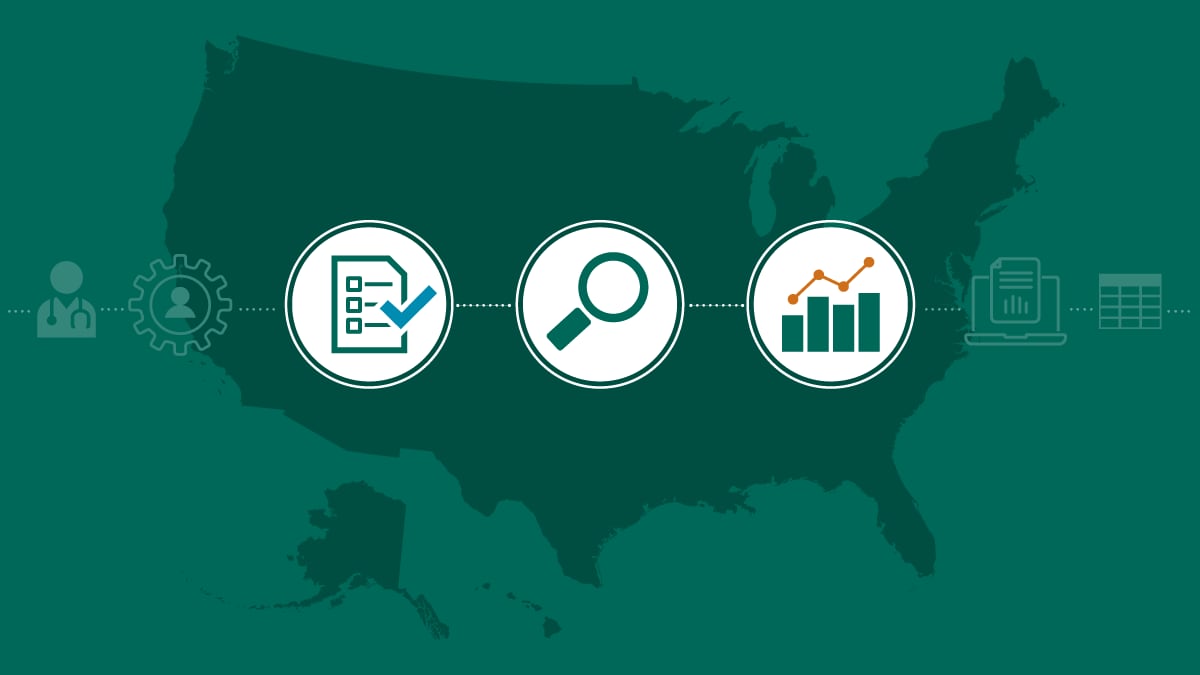
Overview
NCHS collects data through population surveys, healthcare provider surveys, and data collection systems.
Population surveys
NCHS currently conducts four population surveys. Population surveys collect data from a group of participants who belong to and represent a larger group of people. The larger group of people is the population being studied. NCHS population surveys collect data from individual people and households in the United States.
Healthcare provider surveys
NCHS collects data from healthcare professionals and administrators working in a range of healthcare settings through the National Health Care Surveys. These surveys provide information about the organizations and providers that deliver health care, the services they provide, and the patients they serve across diverse settings.
Data collection systems
Surveys are not NCHS's only method of gathering health information. NCHS also uses data shared from existing health information sources. The National Vital Statistics System draws data from information reported on birth and death certificates. States and territories collect, complete, and maintain these records, which they share with NCHS to create the nation's vital statistics.
National Health and Nutrition Examination Survey

The National Health and Nutrition Examination Survey (NHANES) monitors the health and nutritional status of adults and children across the United States. NHANES is unique among population surveys because it combines interviews, health exams, lab tests, and dietary interviews. Each year, NHANES examines about 5,000 people across the country in Mobile Exam Centers.
NHANES provides important health and nutrition statistics on adults and children living in the United States. In health exams, NHANES experts can directly measure height, weight, vision, dental health, and other health characteristics. Lab tests can detect undiagnosed health conditions, like diabetes, and past contact with substances in air, water, food, or soil that may harm health, called environmental exposures. Findings from NHANES have driven national and state policies to protect and improve the health of children and adults.
National Health Interview Survey
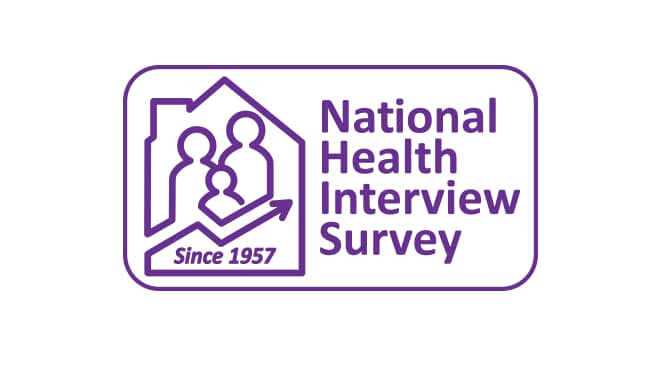
The National Health Interview Survey (NHIS) monitors the health of the U.S. population by collecting and analyzing data on a broad range of health topics. NHIS focuses on the health of U.S. children and adults.
Each year, NHIS collects data from about 28,000 adults through personal interviews. Parents also provide health information about children in their households. Collecting data from this many people (the survey's sample) allows NHIS to produce official national estimates. The robust data NHIS collects can be analyzed by many characteristics to help us better understand how health differs among groups within the U.S. population.
NHIS results have provided important data to track health status, health insurance coverage, unmet healthcare needs, and progress toward achieving national health goals.
National Survey of Family Growth

The National Survey of Family Growth (NSFG) is a survey of people ages 15–49. NSFG gathers information on pregnancy and births, marriage, living arrangements, infertility, use of birth control, family life, and general and reproductive health. NSFG uses online surveys and personal interviews to collect data on these topics. Participants answer more sensitive questions on their own.
NSFG methods produce national statistics. The U.S. Department of Health and Human Services and other government agencies use NSFG data to plan health and social services and health education programs. Researchers use these data to conduct statistical studies of families, fertility, and health.
Rapid Surveys System

NCHS Rapid Surveys provide data for evidence-based decision-making and faster public health response. NCHS fields Rapid Surveys several times each year using commercial online survey panels. Each survey includes a broad range of questions based on CDC’s needs at that time, so no two Rapid Surveys are alike.
Rapid Surveys can be used to—
- Collect data on niche, emerging, or priority health topics
- Close health information gaps
- Learn how values and beliefs can affect access, care, and wellness
- Assess questionnaire design to ensure data collection is meaningful
National Ambulatory Medical Care Survey
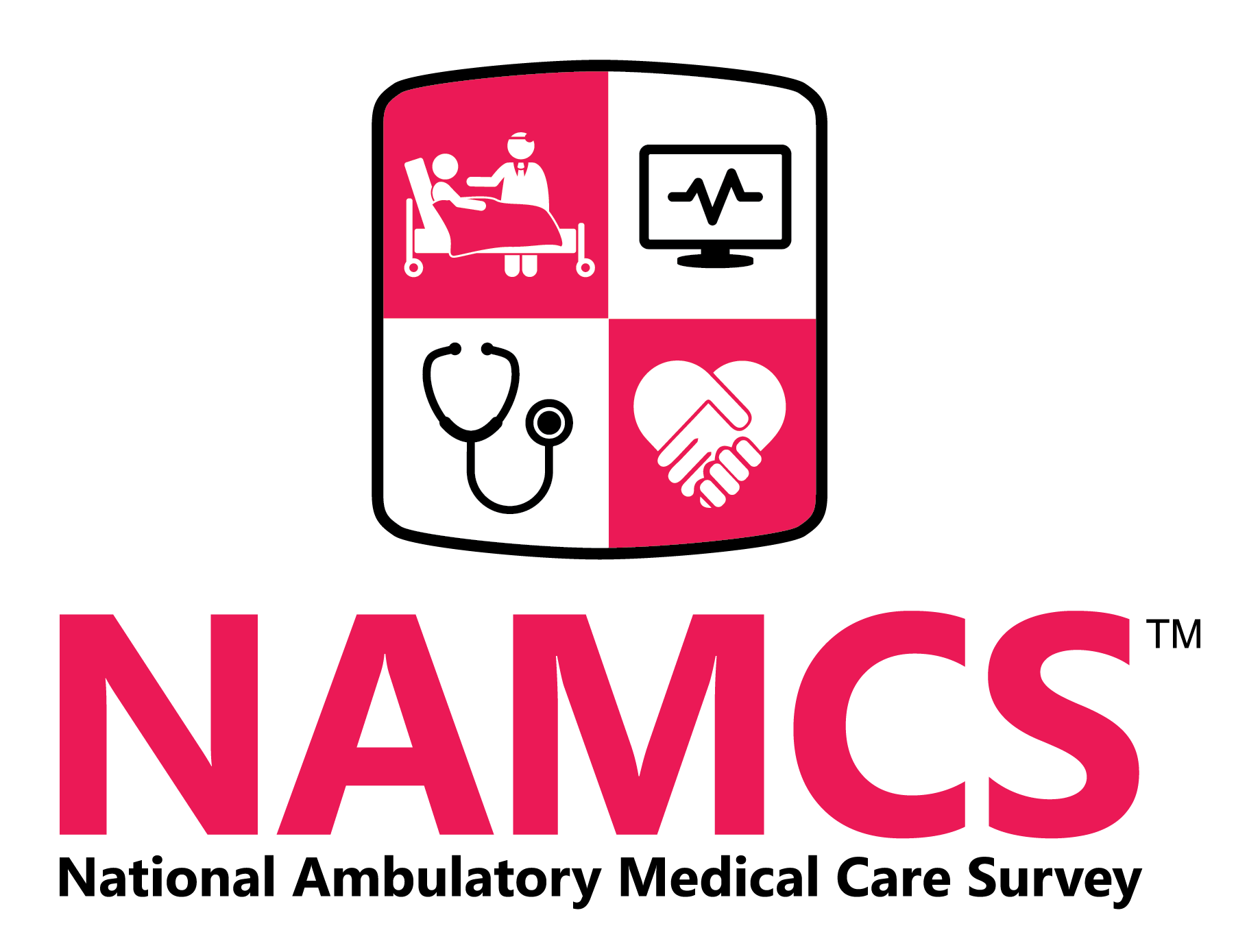
The National Ambulatory Medical Care Survey (NAMCS) collects data about medical services provided in offices for patients who aren't admitted to a hospital or other facility. NAMCS collects and releases high quality, objective, reliable information about how these ambulatory medical care services are provided and used in the United States. NAMCS collects data from both office-based physicians and health centers.
In addition to data about provider, practice, and health center characteristics, NAMCS collects information about telemedicine use, electronic health records use, and healthcare delivery. NAMCS data support—
- Evidence-based decision-making by policy makers
- Operational policies across ambulatory care settings
- Medical education for current and future providers
- Research to understand and improve healthcare delivery
National Electronic Health Records Survey
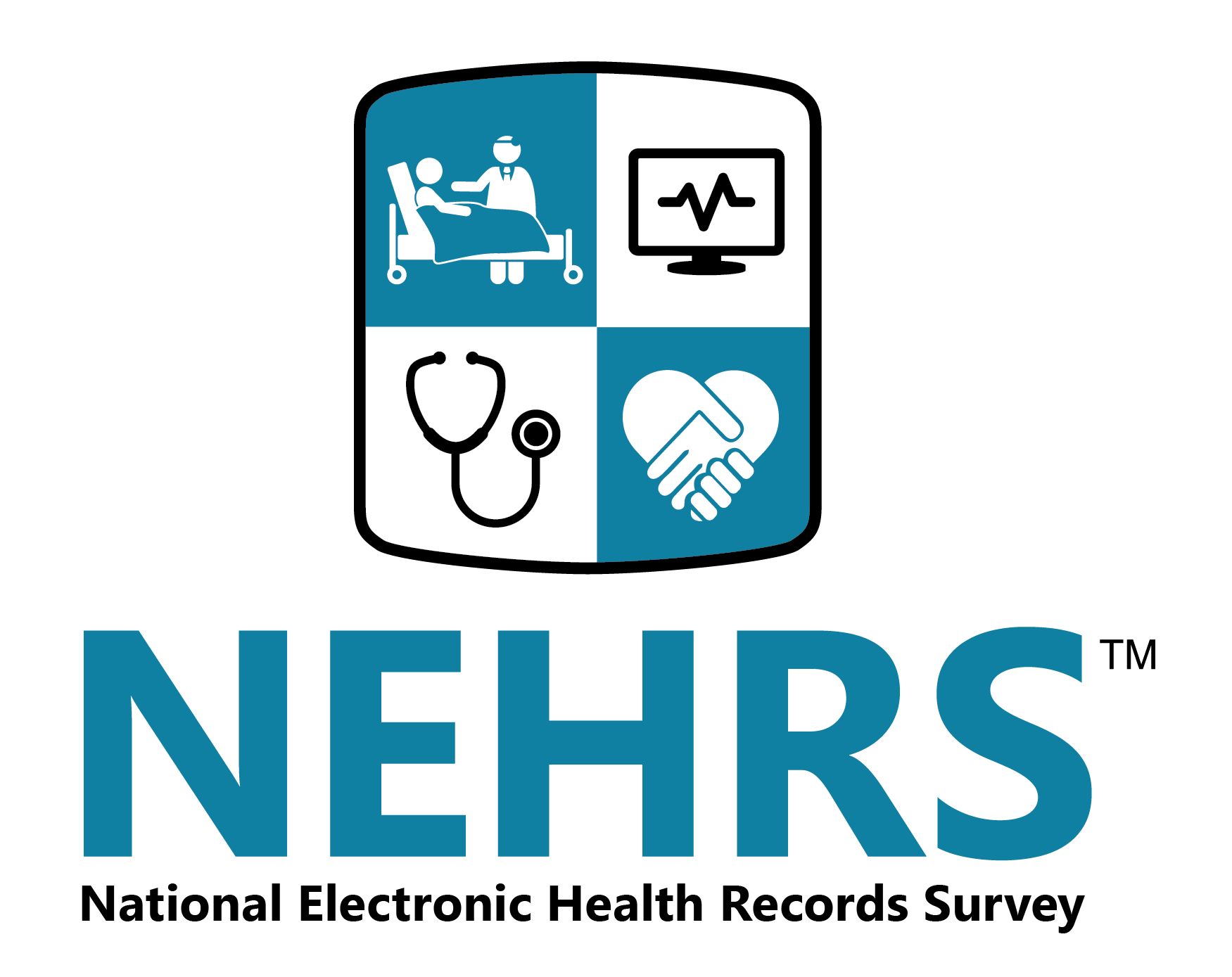
The National Electronic Health Records Survey (NEHRS) measures the progress U.S. physicians and their offices have made in adopting electronic health records (EHRs). The survey also monitors progress toward electronic sharing of health data (health information exchange) and the burden associated with EHRs.
NEHRS collects data about EHR use from office-based physicians practicing in the United States. NEHRS data tracks participation in the Centers for Medicare and Medicaid Services' Promoting Interoperability Programs. In addition, researchers can use NEHRS data to produce state and national estimates of EHR adoption, capabilities, and burden.
National Hospital Ambulatory Medical Care Survey
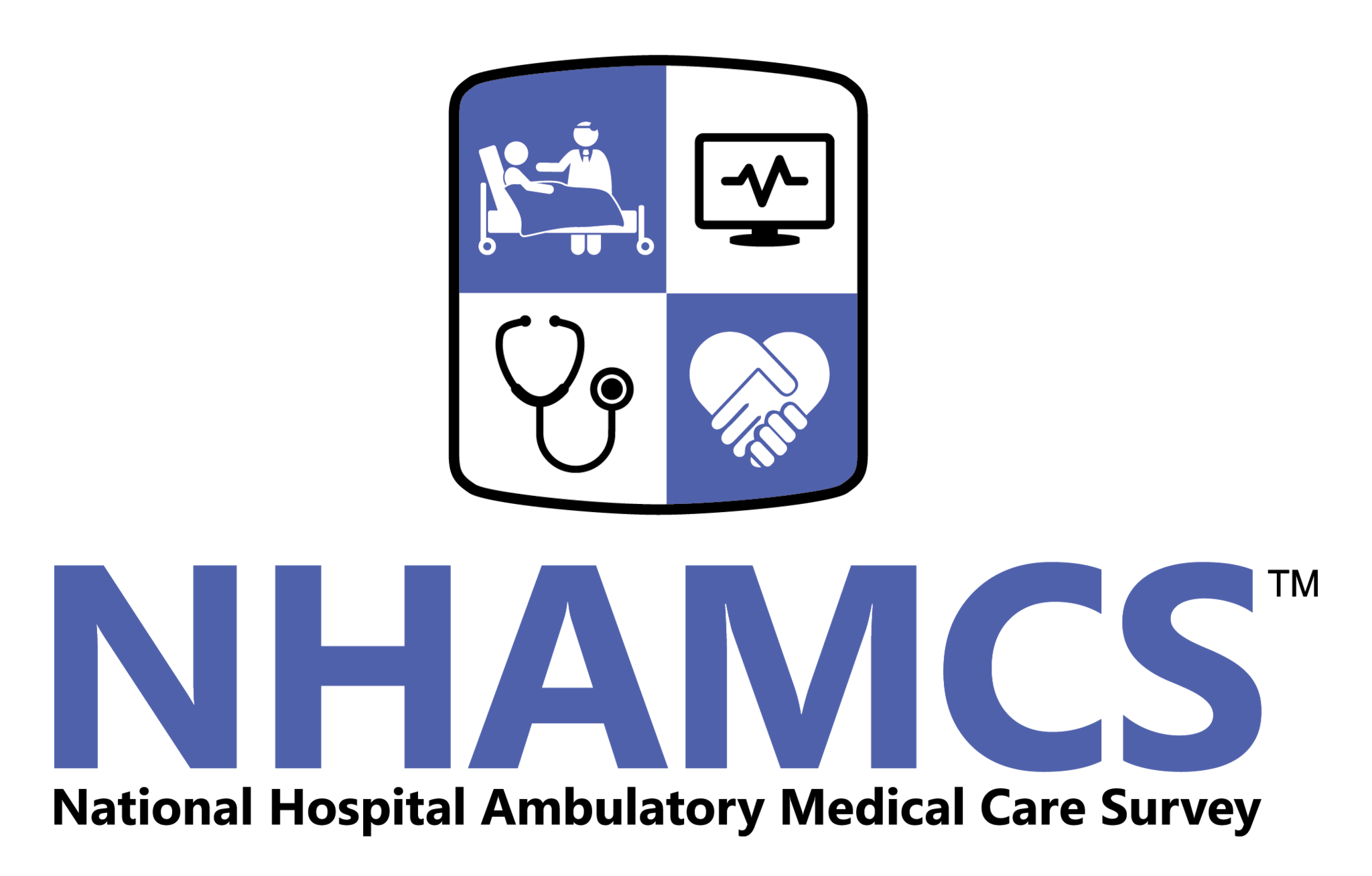
The National Hospital Ambulatory Medical Care Survey (NHAMCS) collected data about medical services for patients who were treated in hospital emergency and outpatient departments without being admitted to the hospital.
NCHS conducted NHAMCS annually through 2022. The survey collected and released high quality, objective, reliable information about how hospital-based ambulatory medical care services were provided and used in the United States. To collect NHAMCS data, information was manually taken from medical records. Now, the widespread use of electronic health records allows this information to be shared electronically, including with public health authorities like NCHS, more easily.
National Hospital Care Survey

The National Hospital Care Survey (NHCS) collects data on patient care in hospital emergency departments and inpatient discharges. NHCS data describe patterns of health care delivery and use in the United States. NHCS answers questions about use of healthcare and healthcare resources, and the differences in healthcare services that some people and groups experience.
NHCS collects data on patient care and resource use in hospital-based settings. Participating hospitals electronically submit inpatient discharge and emergency department visit data. Hospitals also provide summary information about patient visits for the calendar year through an additional, supplemental interview. Healthcare and public health professionals, researchers, and policymakers use NHCS data to track trends affecting hospital and healthcare organizations, and the patients they serve.
National Post-acute and Long-term Care Study
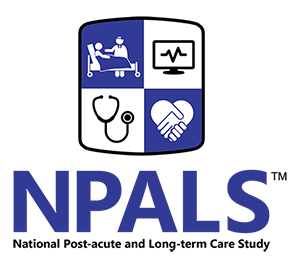
The National Post-acute and Long-term Care Study (NPALS) collects and analyzes data from U.S. providers serving people who need continuing care after urgent medical treatment (post-acute care) or who cannot care for themselves for a long period (long-term care). NPALS provides information on seven major sectors of paid, regulated, post-acute and long-term care services, providers, and services users. NPALS uses existing Centers for Medicare and Medicaid Services data for five sectors, and collects data directly from adult day services centers and residential care communities.
NPALS data are used to describe and understand how long-term care services are delivered and the changes that occur in the delivery of those services over time. Policymakers use these data to make evidence-based policy decisions. Directors of post-acute and long-term care facilities use this information for comparison with their peers. Researchers use NPALS statistics to examine the effectiveness of various care models.
National Vital Statistics System

The National Vital Statistics System (NVSS) provides the nation's official vital statistics. NVSS draws these statistics from information reported on birth and death certificates. NVSS is the oldest, most successful example of intergovernmental data sharing in public health. Through NVSS, 50 states, New York City, District of Columbia, and 5 U.S. territories send NCHS information on the nearly 7 million vital events—births, deaths, and fetal deaths—that happen each year.
NCHS collects, analyzes, and shares these data to create the nation's official vital statistics. NVSS provides the most complete and continuous data available to public health officials at the national, state, and local levels, and in the private sector. NVSS vital statistics are a critical part of the national health information system, providing data to monitor progress toward achieving important health goals.
